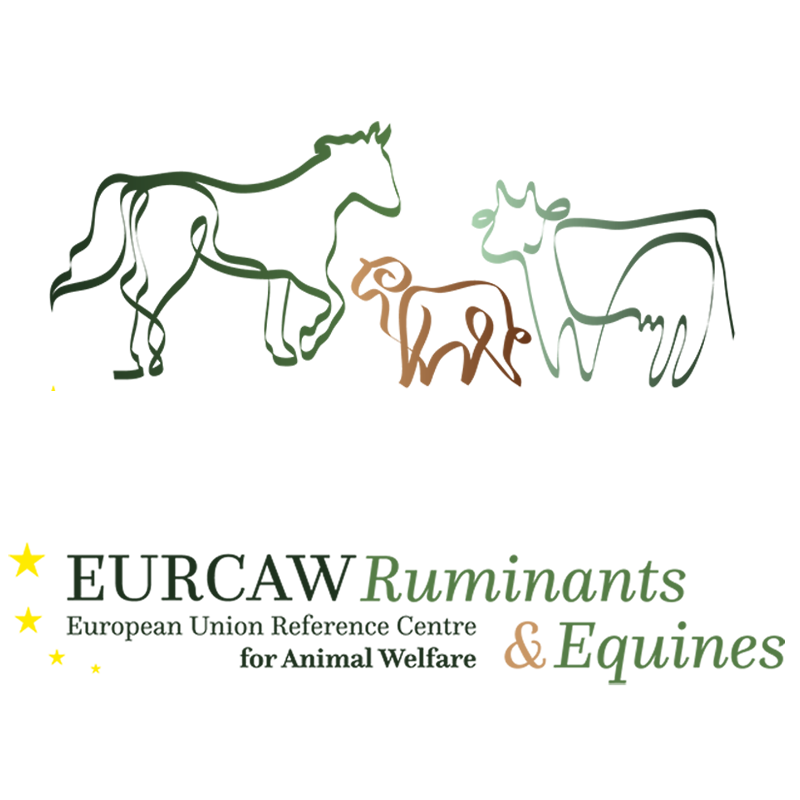SUMMARY
Study on transitioning from transport of unweaned dairy calves over long distance to local rearing and fattening
Caption appears here.
A study on shifting from transport of unweaned dairy calves over long distance to local rearing and fattening was published by the EU Commission in May 2022. The long-distance transport of unweaned calves has gained considerable attention due to animal welfare concerns. A request from the European Parliament, as well as the Commission’s revision of Regulation (EC) No 1/2005 on the protection of animals during transport, gave rise to this study. It sets out the circumstances in which the long-distance transport of unweaned non-replacement dairy calves takes place in the EU and identifies strategies and possible best practices aimed at replacing, reducing or refining such transport.
From 2015 to 2020, approximately 580,000 unweaned calves were moved each year on long cross-border journeys of more than 8 hours. Notable member states of origin for such journeys included France (115,000 animals/year), Ireland (114,000) and Germany (75,000). Important destinations for these journeys were Spain (292,000 animals/year), the Netherlands (134,000) and Italy (56,000).
The majority of unweaned non-replacement dairy calves are moved to beef or veal calf production systems. Beef production in Spain depends to a considerable extent on the supply of unweaned calves from other member states. In the Netherlands, the veal industry imports a substantial proportion of unweaned calves from other member states. However, there are plans to abolish the long-distance transport of these animals to the Netherlands in the near future. The Italian veal industry is only dependent on unweaned calves from other member states during spring, due to the lack of availability of domestic calves.
Some provisions in Regulation (EC) No 1/2005 were reported to lack clarity, resulting in divergent transposition and implementation across the EU. This creates an uneven playing field for EU business operators and hinders proper and uniform enforcement by the Competent Authorities. Issues were also identified regarding the design, implementation, compliance and enforcement of the Regulation.
There is no single strategy to replace, reduce or refine long journey transports of unweaned calves. The report concludes that a tailor-made strategy for each individual member state is required. If long-journey transport cannot be replaced or reduced for a specific member state, refinement strategies should be employed to minimise animal welfare problems. The only other alternative to the 3 Rs approach is the restructuring of the dairy industry to mitigate against the long-haul transport of unweaned calves.
Source: European Commission, Directorate-General for Health and Food Safety, Study on shifting from transport of unweaned male dairy calves over long distance to local rearing and fattening : final report, Publications Office of the European Union, 2022
DOI: https://data.europa.eu/doi/10.2875/072915
Date of Publication: 17th May 2022



